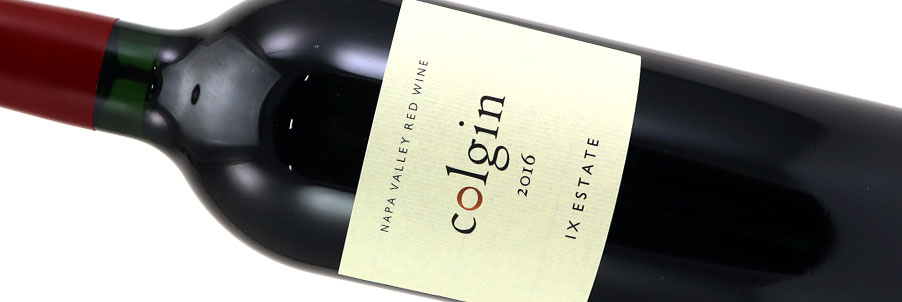Syrah
Syrah Wines
Taking but a cursory glance at a Syrah grape cluster reveals the cosmically deep hue of its wines. As a grape varietal, Syrah is grown in many places across the globe, as a core component of many exceptional and compelling red wines. While it’s primarily associated with France (where it’s masterfully used in regions such as the Rhône Valley), Syrah sees a healthy representation in California, Washington, Chile, New Zealand, and quite a few locations in Australia.Because the grape is nurtured across so many regions, there are often many subtle differences between Syrah wines that tell of their terroir. A Syrah that was grown in the northern part of the Rhône valley may produce a medium or full-bodied wine, with higher levels of tannin and a flavor laced with lush blackberry, sharp black pepper and refreshing, courageous mint. On the other hand, Syrah wines originating from certain regions in Australia (where the climate is considerably hotter) are consistently jammier and full-bodied, with less overwhelming tannin representation. A sampling of one of these can reveal an undercutting of leathery flavor and some delightful licorice.
In most cases, Syrah wines age incredibly well, owing to their higher acidity and often high tannin. This makes them an excellent addition to a collection if you can find some great vintage bottles – perhaps a bottle of Astralis Vineyard Syrah or a Brookman Vineyard Syrah? There are many viable choices, thanks to how well the wines age. The nuances and character they develop over time can leave you astounded, as you discover new flavor notes and textures with each sampling.

